
So your audiophile sixth-sense is screaming that your 2-channel stereo system is missing… something. The highs are harder than a dry brick of Weetabix. The midrange is recessed and poorly fleshed out. The lower midrange, upper bass, and mid-bass are all muddy, constipated, and homogenized. The dynamics are slower than a narcoleptic snail nursing a whiskey hangover with its feet dipped in molasses. Perhaps worst of all, the music lacks pace, rhythm, and timing. Overall, your favourite albums sound flat, lifeless, and have no swing or groove to them.
I’m sorry to inform you my audiophile friends, but Pfizer isn’t working on a vaccine to cure mediocre sound quality. Big pharma ain’t focused on improving stereo imaging, PRaT, and/or your listening experience. What Doc Fauci won’t publicly say is that your 2-channel rig probably needs better speaker cables.
Product Description
Based out of San Marcos California, Audience AV has been manufacturing audiophile cables, loudspeakers, and A/C power conditioners since 1997. Their new loom of Studio ONE wires sits in the middle of their family of cable lines.
Taken from Audience’s website, they describe their new Studio ONE speaker cables as such:
“What truly sets Studio ONE apart from its lesser siblings is its tonal purity and dynamics[.] Studio ONE has a realism and clarity that’s much more in-line with our higher-end models.”
The engineers at Audience believe that using too much mass in conductors will slow the pace, rhythm, and timing (PRaT) of the music. They also think that excessive shielding is not only unnecessary, but negatively impacts a speaker cable’s dynamics and the overall sound quality.
Audience’s thinking in right-sizing conductor mass and using a minimum of shielding is based on electrical engineering theory that seeks to limit eddy currents. Sometimes less can be more. Any audiophile who’s tried Eichmann’s bullet plugs knows that heavy jacketing and mass-laden connector plugs tend to constrict energy, slow the dynamics, and dull the sound.
The conductors in all Studio ONE cords are comprised of single-crystal Ohno Continuous Cast (OCC) Copper (Cu). Although these SCs are NOT shielded, they use ultra high quality XLPE cross-linked polyethylene as a di-electric material.
The 6 foot length pair of Studio ONE speaker cables I was given for review employ a directional geometry. Audience purposefully uses specific geometries in their cables to increase signal flow and maximize electrical signal transfer through the conductors.
Every Studio ONE cable is pre-burned by Audience using their proprietary Extreme High Voltage Process (EVHP) break-in treatment. They also cook every pair of speaker cables for 100 hours on a Dharma cable burner. The belief here is that their EVHP process increases dynamics, improves timbral accuracy, and focuses the overall cohesiveness of the cables across the frequency spectrum.
System set-up and Comparison Tests
I initially installed the Studio ONE speaker cables between a pair of Icon Audio MB-90 Mk#2 mono-block KT-150 powered tube amplifiers and a pair of Sonus faber Sonetto 8 floorstanders. I let the cords settle-in for approximately 40 hours before doing any serious listening tests.
As I’d previously been using a pair of Stealth’s v12 Dream Series bi-wire speaker cables (MSRP $14K USD) in this 2-channel rig, I wasn’t expecting Audience’s $2,100 USD level SCs to, sonically speaking, compete with Stealth’s boa-constrictor sized cords. After all, Audience’s wires cost about 1/7th of what Stealth’s bi-wire SCs do.
Much to my surprise (and delight!), Audience’s speaker cables had similar soundstaging, nearly identical PRaT, and comparable dynamics to Stealth’s hulking beasts. The v12 Dream Series SCs did, however, offer deeper resolution with more weight and density in the lower mid-range, upper bass, and mid-bass frequency registers. In terms of overall sound quality, the dynamic energy and timbral accuracy offered by the Studio ONE SCs was uncomfortably close to Stealth’s monsters.
For perspective, a local audiophile buddy (thanks Tim) lent me a 2.0m pair of Nordost’s Heimdall-2 speaker cables [MSRP $2,249 USD]. Compared to the Studio ONE SCs, the Heimdall-2s sounded exaggerated and un-natural in the highs. Although Nordost’s SCs had slightly more detail in the upper frequency registers, this detail was harsh and, with dodgy recordings, tinnitus-inducing. Said detail also came at the expense of losing considerable weight and body in the lower registers.
With the Studio ONE speaker cables, notes in the lower mid-range, upper bass, and mid-bass all had noticeably greater warmth and density than the Heimdall-2 SCs. Better bass inherently means a stronger rhythmic drive and the ability of every type of music to involve a listener on a toe-tapping physical level. The Studio ONE SCs also created a wider and deeper soundstage than Nordost’s mid-level SCs.
Even though Audience’s cables offered faster transients, several of my friends who sat in for these comparison tests commented that Audience’s Studio ONE SCs sounded “more relaxed”. Increased dynamic energy usually results in faster, edgier, and/or brighter sonics. I’d attribute the Studio ONE’s more relaxed sound to an analog-like timbral accuracy that’s closer to what listeners hear from instruments in real life.
Stated succinctly, the Studio ONE SCs offer an extremely organic and lifelike sound. A more natural sound is, of course, less fatiguing. Despite having similar retail prices, I far preferred the Studio ONE SCs to Nordost’s Heimdall-2 wires. Audience’s speaker cables consistently sounded more like real instruments and voices existing in real acoustical spaces.
I also tested a 1.5m pair of Cardas’ Clear Reflection speaker cables [MSRP $2,300 USD] against the Studio ONE SCs. The CRs had a bit more weight in the bass registers than the Studio ONEs. This increased weight, however, meant shedding detail and resolution everywhere else. Compared to Audience’s SCs, the midrange produced by the Clear Reflections was noticeably recessed and, similar to the Heimdall-2 SCs, less natural sounding.
The Studio ONE speaker cables separated instruments better than either Nordost’s or Cardas’ SCs. The amount of harmonic information and the dynamic jump created by Audience’s SCs was far closer to obscenely priced ‘need-to-talk-to-a-bank-manager’ speaker wires. Especially at lower volume levels, the harmonic saturation and micro-dynamic energy level of the Studio ONE SCs was surprisingly close to reference calibre speaker cables with low 5-figure price tags.
Even though Stealth’s v12 Dream Series bi-wire speaker cables were clearly the best sounding SCs in this group, the fact remains that Audience’s Studio ONE speaker cables were a heck of a lot closer to the sound quality of Stealth’s SCs than I expected them to be. At 1/7th the retail price, this is quite a sonic achievement.
Intrinsic sound
Audience’s goal for their Studio ONE SCs was to create a speaker cable that has exceptional timbral accuracy, striking dynamics, and lifelike PRaT.
Listening to my favourite recordings with the Studio ONE SCs, the projection of 3-dimensional images was impressive. When I closed my eyes, I could practically “feel” the instruments hanging in front of me within the soundstage. The attack, sustain, and decay of notes was amazingly lifelike. This accuracy allowed me to more consistently suspend my disbelief, sink into the music, and forget that I was listening to recorded music.
The timbral accuracy of individual instruments was similarly breathtaking. There was an organic warmth and liquidity to piano notes that I’ve rarely heard from digital recordings. The glassy edge of high-frequency transients and the sterility in the mid-band registers that I normally associate with digital source material was replaced by a smoother and more natural sound.
The tone of acoustic stringed instruments was also consistently less synthetic. The harder and chalkier texture that lesser speaker cables all-too-often impose upon the sound of acoustic guitars was replaced by a natural bloom and real-life sound quality.
The deep resolution of the Studio ONE speaker cables brought a myriad of micro-level sonic details to life too. Subtle sonic cues like vocal intonations that were buried as background noise by others SCs were easier to hear. More detail usually results in harsher sonics. Most speaker cables in this price range usually deliver either: a), greater warmth and density; or b), more higher-frequency detail and faster transient speeds. The Studio ONEs delivered BOTH at the same time in a relaxed and organic fashion.
Overall, Audience has resoundingly achieved the sonic goals that they set for the Studio ONE SCs. The coarse character, high-frequency harshness, and homogenized sound in the lower registers that most speaker cables in this price range create has been surpassed by subtle, nuanced, and remarkably vivid sonics.
Listening Tests
Tony Bennett’s Stepping Out (Columbia: CCK 57424 758599T) has superb sonics and an inspiring musical aura to it.
Recorded in 1995, the songs on Stepping Out have amazing rhythm and groove. Featuring an assortment of magnificent 1920s through 1940’s songs that were written for Broadway shows by artists like Irving Berlin, George & Ira Gershwin, and Cole Porter, Tony Bennett and the Ralph Sharon Trio do a heroic job of bringing their own swinging style to these epic tracks. Bennett himself noted that these songs “…left the public walking on air, humming[,] and whistling tunes that they instinctively knew would last forever.”
With Audience’s Studio ONE speaker cables, Bennett’s textured vocals on tracks like “Who Cares?”, “They All Laughed”, and “Nice Work If You Can Get It”, flowed forth with a jaw-dropping realism and holographic soundstaging. The shiver-inducing timbral accuracy of Bennett’s voice and the rhythmic precision of the individual instruments accompanying his impassioned vocals left me feeling spiritually happy.
These are some of the best songs ever written by American composers. Contrary to the paranoid negativity of the Covid-infected age we’re currently living through, the unstoppably positive spirit of this music left me feeling optimistic and inspired.
After relaxing in a comfy chair and letting Bennett’s voice wash over me, I felt spiritually refreshed and renewed. I felt better about the whole damned planet. When recorded music makes me feel… something… on an emotional level, then I know a stereo system is getting it right.
Reaching a profoundly deep emotional connection with music is what every audiophile longs for. Audience’s Studio ONE SCs brought me this connection in an effortless fashion. For several days after listening to this disc, I was smiling to myself, humming these songs, and… indeed… walking on air.
Released in 1987, Marillion’s Clutching at Straws (EMI: CDP 7 46866 2) is a strikingly honest collection of prog-rock songs that feature memorable guitar solos, profoundly introspective lyrics, and punctuated percussion.
In 1987, Marillion was (arguably) the world’s best prog-rock band. Clutching was the last great studio album that the band released. Listening to tracks like “Hotel Hobbies”, “Incommunicado”, and “Slàinte Mhath” with the Studio ONE speaker cables, the memorable melodies of these songs flowed forth with an electrifying musical cohesiveness.
During the late 1980s, Clutching was an album that I listened to on damn near a daily basis. Hearing these songs reproduced with so much dynamic energy triggered a flood of long lost memories from that time in my life. Those memories came surging back to me in oscillating waves of epic spiritual joy and heartfelt sadness. In particular, the track “Torch Song” triggered an emotional response which I honestly hadn’t expected. I felt… sweet Baby Jesus… lost in the raw emotion of the music.
Similar to the spiritual involvement that the Studio ONE SCs created with Tony Bennett’s songs, listening to the grooving rhythms of Marillion’s music reproduced with such precision and accuracy was a joy to hear and feel.
For perspective, I needed something heavier to listen to. Released in September 1996, Tool’s Aenima (VRC Records: 61422-31087-2) is a prog-metal banger that sold more than 3 million copies in the US alone. Featuring more hooks than an all-amputee pirate ship, Tool’s songs have a raw, gripping, and hypnotic energy that’s more infectious than a virulent Covid strain. This music is akin to electro-shock therapy for all literate, conscious, and cerebral fans of harder-edged alternative metal.
Although Rush’s 1980s prog-rock influence can clearly be heard in Tool’s schizophrenic musical wanderings, by 1996, no one sounded like Tool; no one. Their sound was utterly unique. Aenima plays more like some sort of avant-garde art house project that was written and performed by autistic savants than a conventional studio album. In the aggregate, this album is as intense and driven as a famished albino rhinoceros on a hydroponic weed bender wading into all-you-can-eat pineapple, mango, and shrimp buffet.
Studio Czar David Bottrill did a magnificent job of capturing Tool’s monstrously angry and aggressive sound in a cohesive way. He didn’t let their throttling rage overwhelm the rest of the emotions captured in these fascinating songs. The sonics on this curious album are superb.
With Audience’s SCs, Maynard’s vocals became much clearer. Obscure words that had previously been buried underneath distortion from the blitzkrieg guitar, bass, and drum assaults were easier to understand. Even more noticeable than the exceptional clarity of the sonics was the amazing dynamic agility of the Studio ONE speaker cables.
Examples…? Listening to the track “Ho*ker With A P*nis”, the punishing speed and prison riot explosion of anger recorded in this track was reproduced by the Studio ONEs with a terrifying accuracy. I could “feel” the anger erupting forth in ever-increasing waves of all-consuming rage. Yeah… goose-bumps: the Studio ONE speaker cables brought them to me in spades!
Conclusion
If the sound quality of your stereo doesn’t immediately grab and hold your attention like the waist-bands on those grippy rubberized socks that the luverly nurses at the Acute Care Covid ward insist you wear, it’s time to invest in better speaker cables!
You don’t need to be a successful graduate of the Evander Kane school of finance and investment to know, at an intimate level, that money is hard to earn and easy to spend. While assessing value in audiophile cables is, of course, a personal thing, one Cardinal rule in high-end audio is this: good things are seldom cheap; and cheap things are seldom good. Audience’s new Studio ONE SCs are an exception to this rule.
If you’re searching for near state-of-the-art sound from a sensibly priced pair of speaker cables in the low $2K USD range, the Studio ONE SCs may just be the ticket. They rendered a much bigger gain in musical realism than I’d previously thought was possible at this price point.
With all types of music, I reached a spiritual connection—a natural feeling of being connected with the music on an emotional level—that’s rare to find at any cost in this hobby. For the sound quality they offer, Audience’s Studio ONE speaker cables are a surprising bargain.
For more info, please visit www.audience-av.com

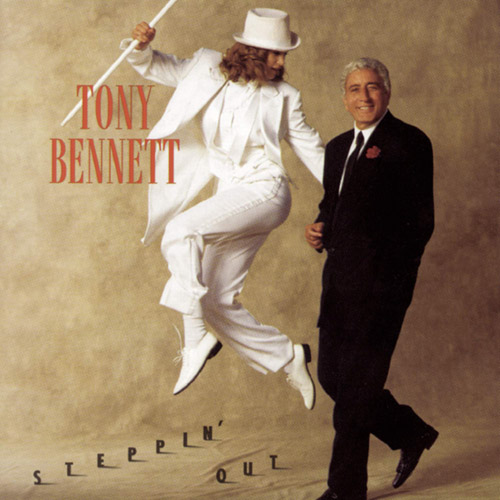
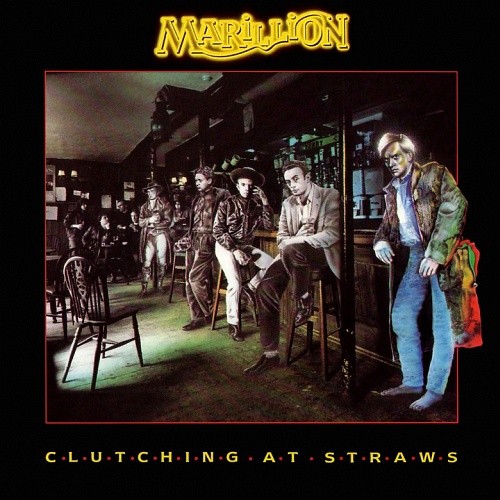
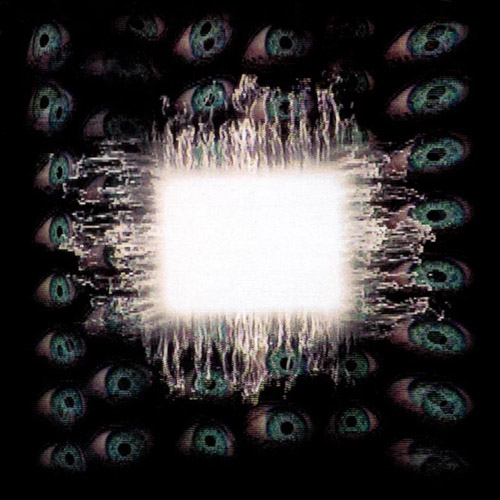
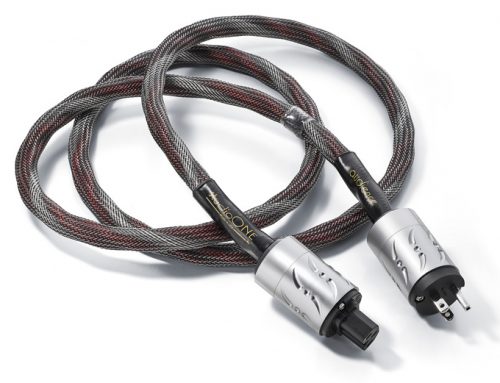

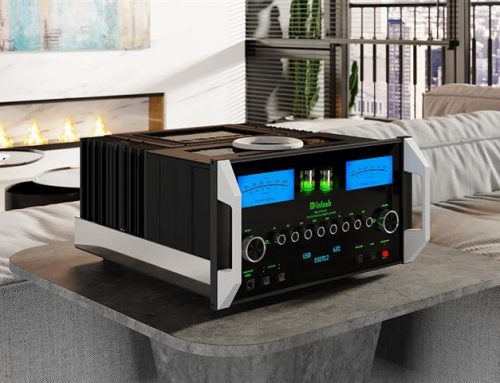
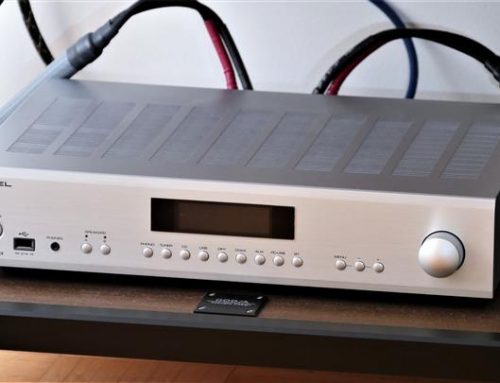
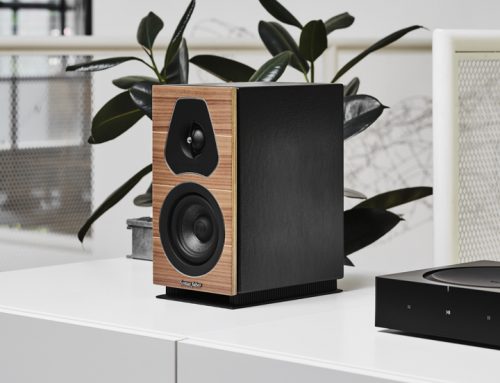
Leave A Comment
You must be logged in to post a comment.